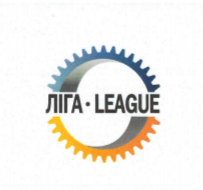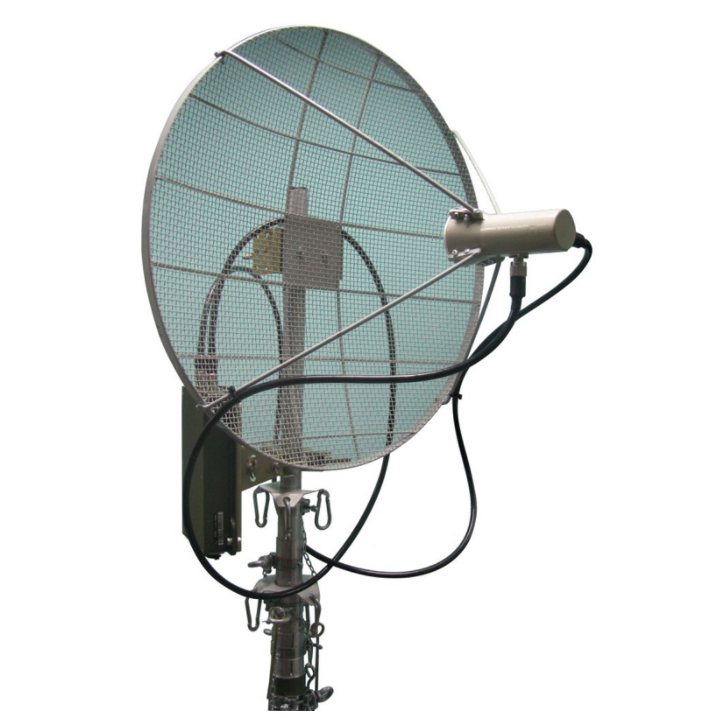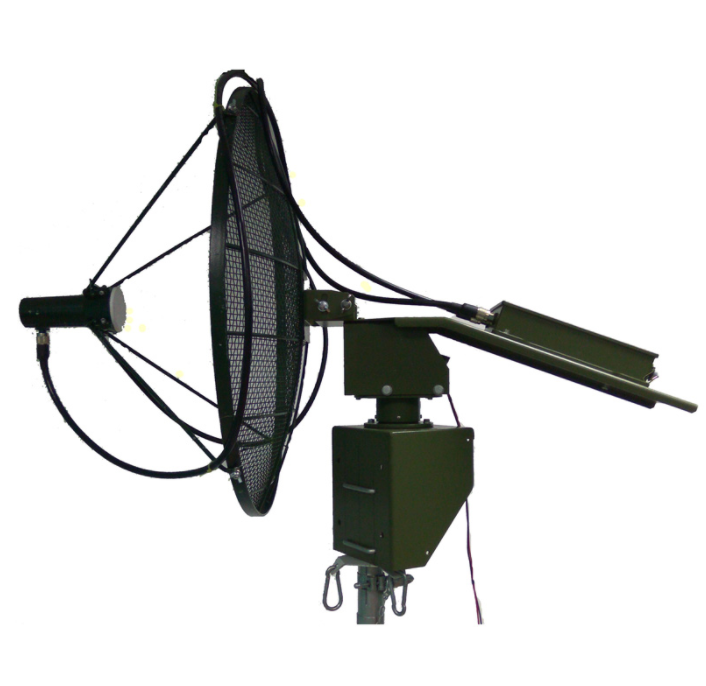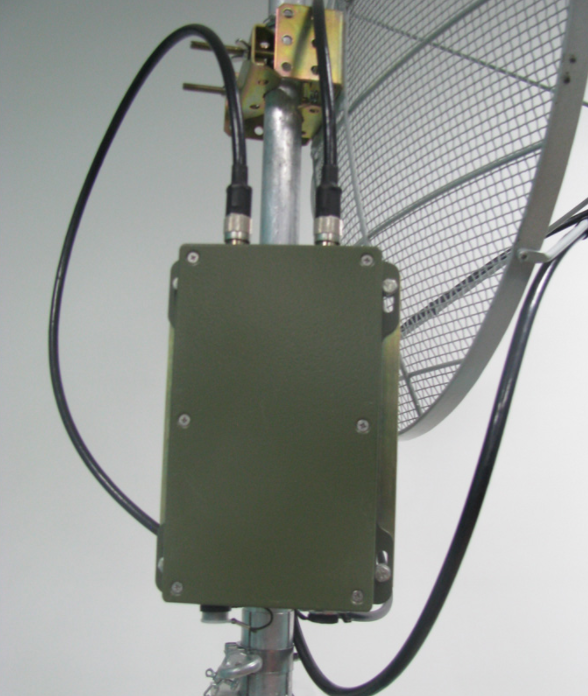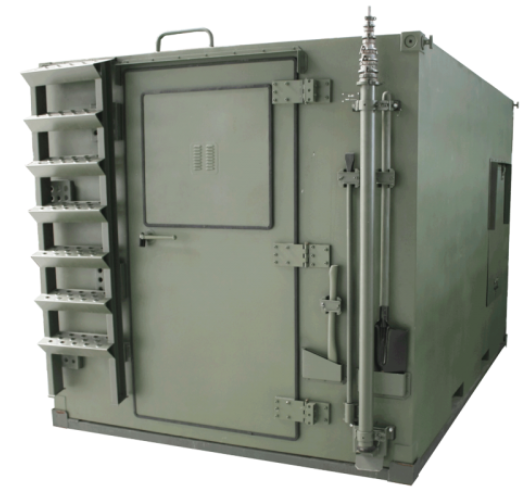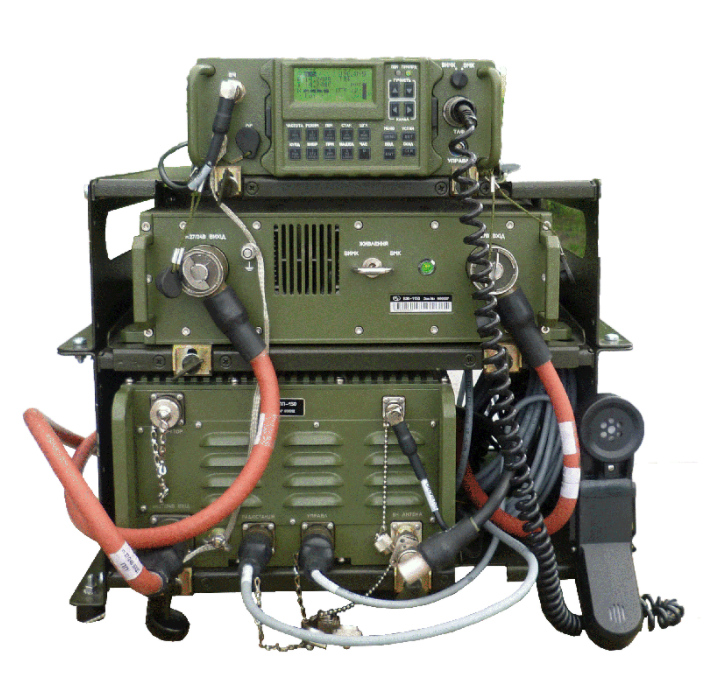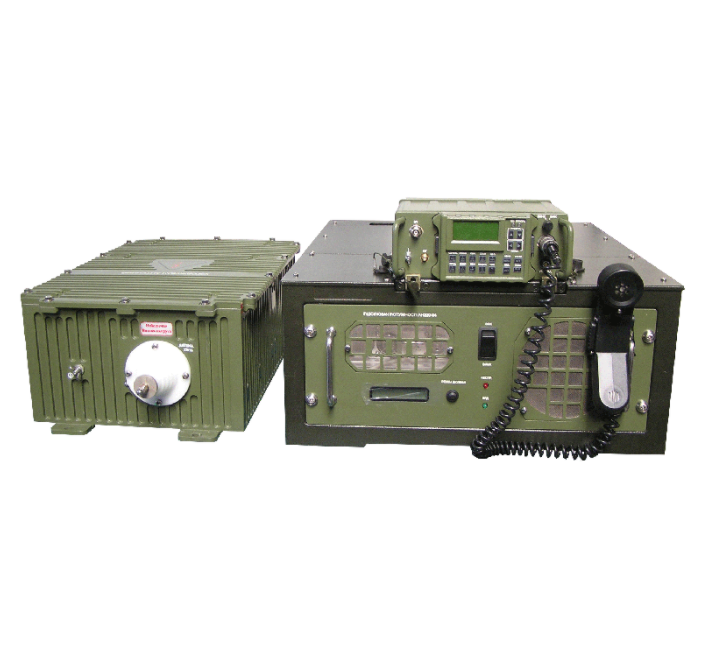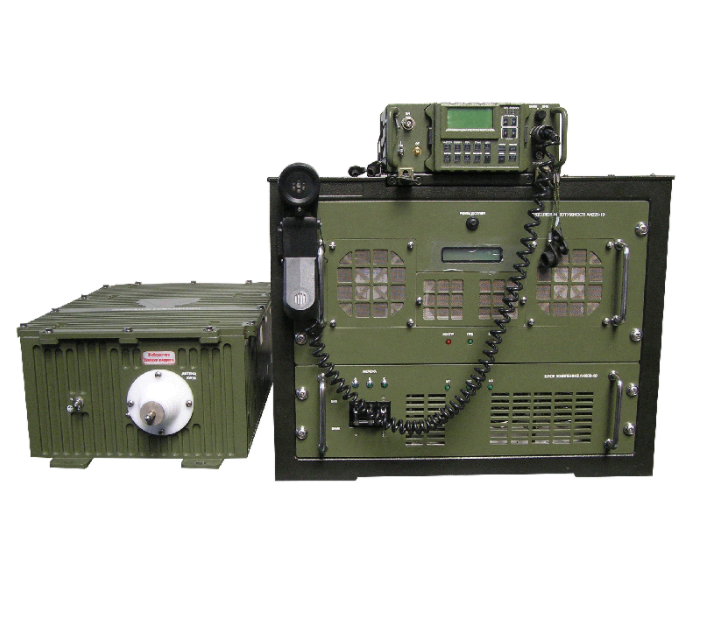Broadband radio relay station BRRS-5000
Broadband radio relay station BRRS-5000 (radio relay station R-402) is designed to provide digital radio relay communication in fixed and field communication systems for military and civilian purposes.
R-402 provides the ability to work on stationary communication nodes and in field hardware communications or command and staff machines of different levels. R-402 allows you to create long-range radio channels with a bandwidth of up to 300 Mbit / s and a range of up to 35 kilometers for a single interval.
R-402 provides integration into the local area network of an object using an Ethernet data transmission interface.
Production options for R-402:
R-402 (BRRS-5000) (ААНЗ.464428.006) – version R-402, which is designed to work as a terminal device in one radio direction in the frequency range 4800-6075 MHz (using the connector produced by “Ltava”);
R-402.01 (BRRS-5000.01) (ААНЗ.464428.006-01) – execution of R-402 with an additional radio module for operation in two radio directions in the frequency range 4800-6075 MHz (using a connector manufactured by Ltava);
Р-402.02 (BRRS–5000.02) (ААНЗ.464428.006-02) – execution of R-402 with two additional radio modules for work in two radio directions and organization of wireless access of subscribers in the frequency range 4920-6100 MHz;
Р-402.03 (BRRS–5000.03) (ААНЗ.464428.006-03) – execution of R-402 with the additional radio module for work in two radio directions in the frequency range 4920-6100 MHz, (using the connector of production «Cnlinko»);
Р-402.04 (BRRS–5000.04) (ААНЗ.464428.006-04) – execution of R-402, which is designed to work as a terminal device in one radio direction in the frequency range 4920-6100 MHz, (using a connector manufactured by «Cnlinko»).
| Parameter | Value |
| Operating frequency range: | 4800-6075 MHz (R-402, R-402.01) 4920-6100 MHz (R-402.02, R-402.03, R-402.04) |
| Frequency grid spacing, respectively U-NII‑1: | 5150-5350 MHz. |
| Frequency grid spacing, respectively U-NII‑2: | 5470-5725 MHz. |
| Frequency grid spacing, respectively U-NII‑3: | 5725-5850 MHz. |
| Channel width: | 5, 10, 20, 20-40 MHz. |
| Modulations: | BPSK, QPSK, 16QAM, 64QAM |
| Antijamming code speed: | 1/2, 2/3, 3/4, 5/6 |
| Output power per antenna connector: | up to 23 dBm (up to 200 mW) (P-402, P-402.01) up to 27 dBm (up to 500 mW) (R-402.02, R-402.03, R-402.04) |
| Maximum speed in the radio channel, not more: | 300 Mbps. |
| Support for MIMO 2×2 mode: | Yes. |
| Number of antenna connectors: | 2, 4 or 6 (depending on the version). |
| Radio protocols: | IEEE 802.11а/n, NSTREME, NV2. |
| Operation mode: | point-to-point, point-to-multipoint. |
| Interfaces: | |
| Ethernet port: | 1 (10/100/1000 Base-T). |
| Management port: | RS-232. |
| VLAN support: | IEEE 802.11Q. |
| Quality of Service (QoS) support: | HTB mode. |
| Routing protocols: | OSPF, RIP, BGP. |
| Overall dimensions of the transceiver unit: | 280x185x75 mm. |
| The mass of the transceiver complete with antenna and mounts – no more: | 10 kg. |
